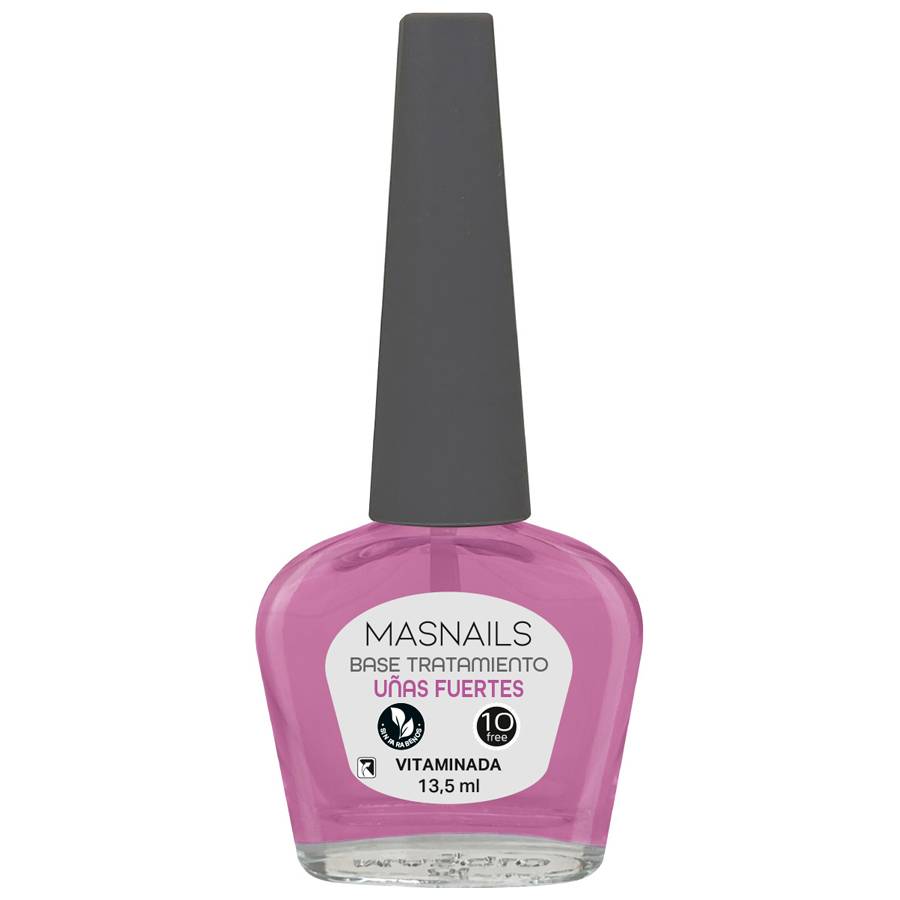You may not have thought about it at first. It is logical: hand hygiene is unquestionable (and even more so in these times). But the truth is that more and more people go to nail salons with weak nails. Our habits have changed and our nails, like the rest of our body, must adapt.
First, let’s identify if this is your case.
These are the signs of weak nails:
- They have become thinner than usual.
- They break easily.
- They grow very slowly.
- They are often shed, i.e., they “open in layers”.
Although in some cases this is a symptom of a health problem (including dermatological problems resulting from stress), most of the time it is due to external causes. For example, exposure to certain chemicals.
By now you have probably noticed that the continued use of hydroalcoholic soaps and gels dries out the skin on your hands. The same applies to the nails.
Continuous washing also dehydrates the cuticles and nail plate, causing them to become damaged. And this not only has aesthetic consequences. For practical purposes, unhealthy nails make it difficult to achieve a long-lasting polish. Then:
How to protect nails from sanitizers?
- Whenever possible, prioritize the use of gloves (especially when cleaning or disinfecting surfaces).
- Whether you wear them painted or au naturel, emphasize hydration of the cuticles. Apply daily a specific oil on the skin area and on the nail plate.
- Also in both cases, it uses a professional professional treatment basis . There is one for each specific problem. If you need to restore the well-being of your nails as a matter of urgency, combine a strengthening base coat with a hyaluronic acid-based cuticle treatment. Apply them daily to accelerate the result.
- If you choose to give them color, finish the manicure with a gloss or finisher suitable for your type of nail polish.
- Choose a remover or nail polish remover without acetone, as this substance will only dry them out more.

Be that as it may, new hygiene habits are here to stay. Don’t let it affect your manicure!

